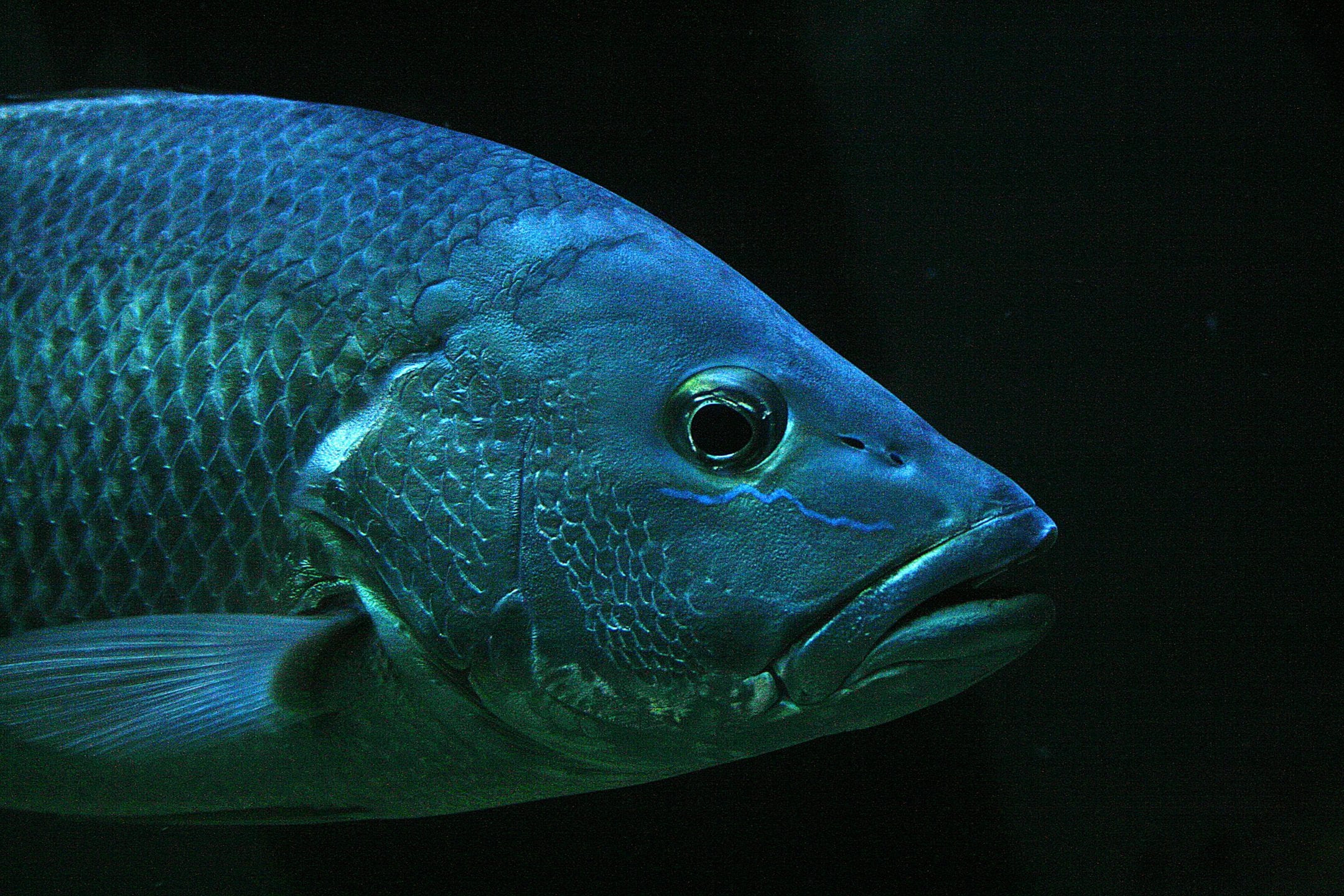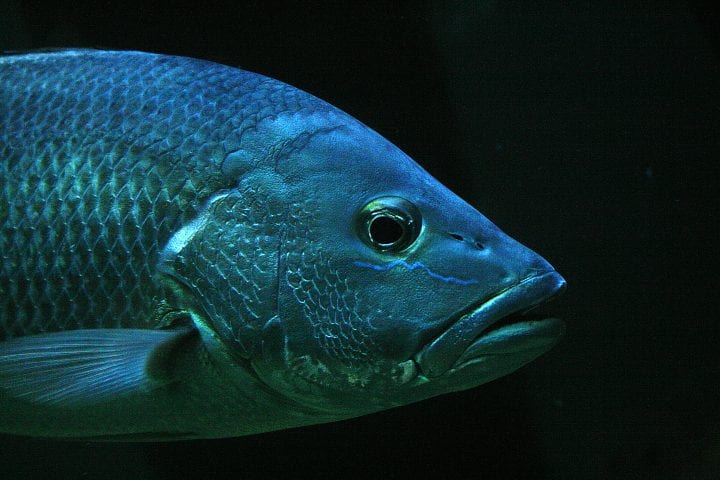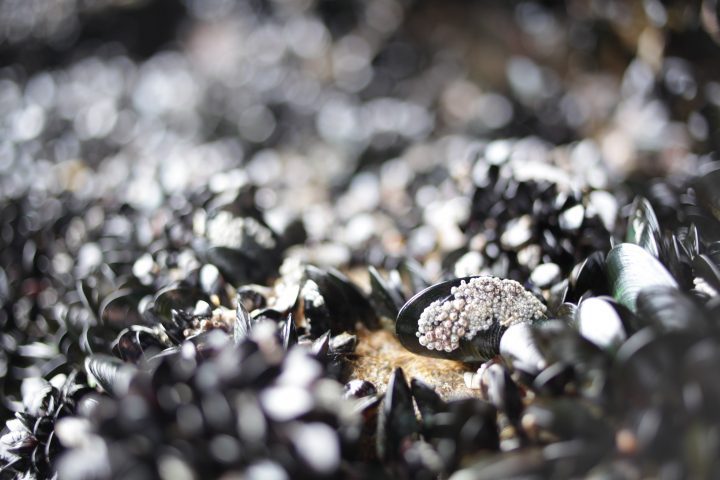Biomimetic fish scales from City University of London demonstrates that the scale pattern and arrangement of scales controls water flow to reduce drag while swimming.
Benefits
- Reduced drag
- Increased efficiency
- Reduced energy usage
Applications
- Aviation
- Boats
- Submarines
UN Sustainable Development Goals Addressed
-

Goal 9: Industry Innovation & Infrastructure
The Challenge
The surface of an object always interacts with the fluid or gas it passes through. Often, when a surface is smooth, it is able to move more easily because there is less resistance. Rough surfaces often increase the resistance, resulting in more drag. Finding ways to reduce drag means faster speeds and less fuel consumption, which save time and energy.
Innovation Details
The researchers first developed a simulation to understand how water flows over fish scales, which are considered ‘rough’ surfaces, and should technically increase drag. However, they found that fish scales are actually rows of overlapping seashell-shaped bumps. These bumps create ‘peaks’ and ‘valleys’ that allow water to flow without becoming turbulent, which helps reduce drag. The scales also delay the transition to more turbulent flow, which often occurs when fish swim faster.
The researchers then created biomimetic fish scales to see if these results could be replicated. The scales mimicked those found on many fish, including sea bass and common carp. They found that, compared to smooth surfaces, the scales reduced drag by over 25%, helping the fish to save energy while swimming.
Biological Model
Although shape and size vary across species, fish scales are essentially rows of overlapping seashell-shaped bumps. The peaks of the bumpy scales create wakes of low flow behind them, while the overlapping sides of scales form valleys where most of the water flows through. So as a fish swims, it has alternating bands of low and high flow, which help keeps the flow laminar as opposed to turbulent, reducing drag.






